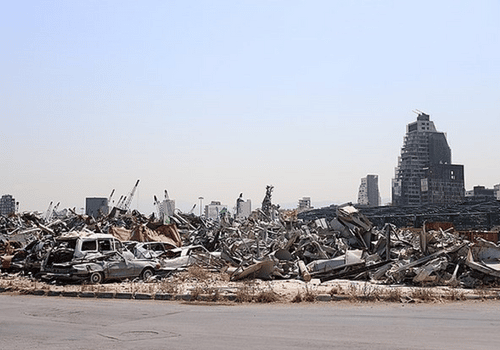Just over two years ago, on 4 August 2020, a large amount of ammonium nitrate stored at the Port of Beirut, Lebanon, exploded. The devastating blast caused at least 218 deaths and a reported 300,000 people were made homeless. This disaster event once again reignited the issue of displacement in Lebanon.
This latest NCHS paper, “Building back better: The politicisation of disaster and displacement response architecture in Lebanon”, by Robert Forster maps and re-evaluates the structure of Lebanon’s disaster response institutions by analysing responses to displacement of Lebanese citizens (as opposed to non-citizens).
Forster argues the “Beirut blast is an opportunity to ‘build back better’ and overhaul the contemporary institutional arrangement that commodifies Lebanon’s displaced within a sectarian system of governance and is defined by unclear and overlapping mandates, mismanagement, and corruption.”
To read more and download a copy of the paper visit our resource hub here.
Robert Forster is a Doctoral Researcher at the Chr. Michelsen Institute (CMI) on the project, ‘Urban Displacement, Development and Donor Policies in the Middle East’.
This paper is supported by the Norwegian Centre for Humanitarian Studies Research Network on Humanitarian Efforts dynamic seed funding initiative, funded by the Research Council of Norway.
